When identifying which print and label options to use on your production line, there are a few factors you should keep in mind before making your decision. The first is your business model; you’ll want to be sure the printer and label application you choose supports your company’s processes and offers an opportunity for profit. You’ll also want to take into consideration the type of product or products the label will be printed on. The needs of your product(s) should directly influence which print/labeling method is right for you.
In this blog, we dive into the top five print and label methods to consider adding to your production line. Integrating equipment into your automation process that supports these efficient labeling and printing techniques is an excellent way to increase efficiency, output, and quality on your production line.
1. Direct Thermal Printing
For direct thermal printing, common products such as paper, Teslin, Tyvek, Chipboard, and other flat materials are used. This type of thermal printing produces high-quality prints for applications such as shipping labels and receipts (source). While thin products like this may require a backer roller as a background to the printing element; thicker products can use a belt or other transport to provide support and movement throughout the process. Let’s dive further into the definition of direct thermal printing.
What is direct thermal printing?
Direct thermal printing is the process of placing a label directly onto a product using a thermal print head. During this process, the print head lowers onto the product and applies a wax or pigment ribbon in a pattern created by altering the heating elements to match the print file.
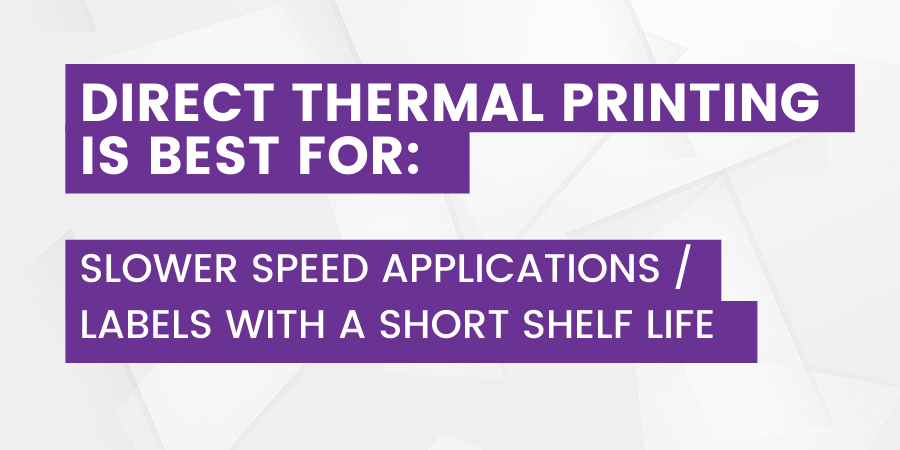
2. Thermal Transfer Printing (Print and Apply, PA150)
Similarly, thermal transfer printing is when thermal printing is done to the label and then the label is applied. This is one of the most established printing methods and is commonly called the print and apply method. To learn more about print and apply labelers check out our MFT Print and Apply Label Applicator 150mm wide (6 inch). This machine integrates into existing production lines with ease and is operator friendly.
What are the advantages of Thermal Transfer Printing?
One of the biggest advantages of print and apply labelers or thermal transfer printing is the ability to essentially print on demand. If your application allows for this style of printing, it could save you time and money by removing a step of creating pre-printed labels and queuing them up for your production line.
How does Thermal Transfer Printing Work?
Print and apply labeling systems allow you to apply the printed label directly on your product using either direct thermal print or ribbon thermal printing. A web of labels is presented through a printer, printed, and then the label is removed from the web as it exits the printer. This allows for the tamp pad or transfer belt to remove the label from the printed and apply it to the product or box. This is typically done in a relatively controlled environment.
Thermal Transfer vs Direct Thermal
Direct thermal printer labels are special labels designed to be heated by the thermal print head and retain the print pattern where heated. Alternatively, ribbon thermal print (used in thermal transfer printing) allows the wax/pigment ribbon to be applied using heat to the label to create the pattern of the print file.
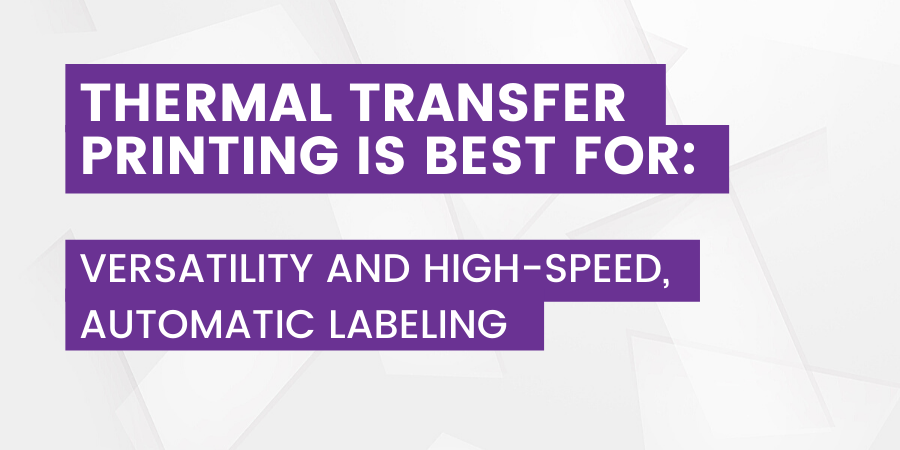
3. Foil Stamping
Foil Stamping is a label and print option commonly used with a stamp or die; however continuous motion rotary models can also be used. The process of foil stamping uses a form of heat and pressure to apply foil in a specific pattern to a product. This is commonly used as a decoration or security print onto a base product.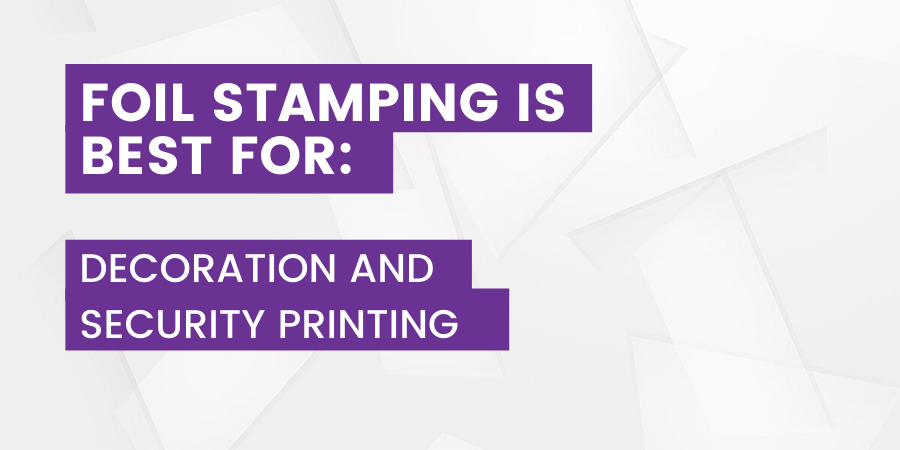
4. Wipe-On / Pre-Printed Labels
A wipe-on labeler is an excellent piece of automation equipment to incorporate into your production line if you are looking to add pre-printed labels to your process. With this print method, labels can be printed while still attached to the web prior to being applied with a wipe-on labeler. A thermal inkjet (such as HP style print heads, integrated laser, inline thermal printer, or UV print head) can be integrated onto a wipe-on labeler in order to print the labels prior to applying them.
What are the advantages of wipe-on labeling?
One of the most beneficial advantages of wipe-on labelers is their ability to print a variety of options. This can potentially lower printing costs due to the printer’s versatility.
What are some disadvantages of wipe-on labeling?
This inline process has the disadvantage of a queue, or one or more pre-printed labels still being on the web prior to applying them.
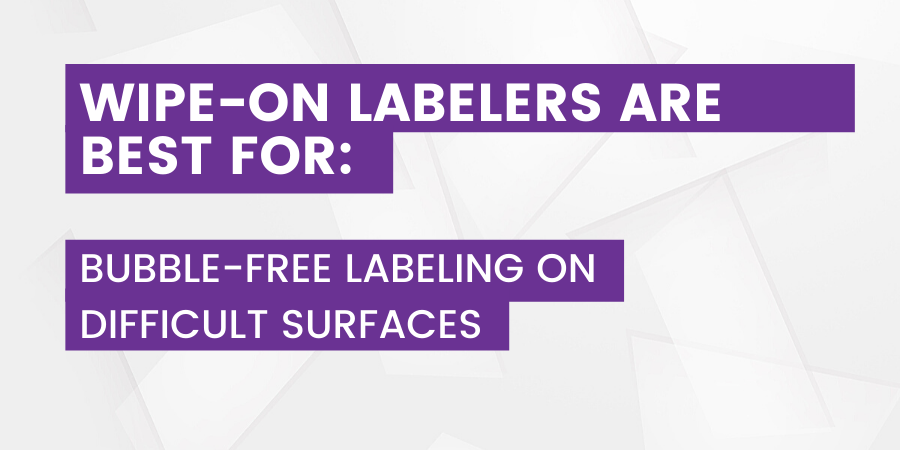
5. Loose Loop Printing
Loose loop printing is a great option if you’re looking for high-speed printing capabilities. This type of printing allows the printer to run at a full-out speed at a constant rate. However, this may create a queue of pre-printed labels that require additional labor hours and production line accessories. In addition, loose loop printing requires an additional motor drive and dancer or vacuum box to integrate the loose loop back into the labeler process.
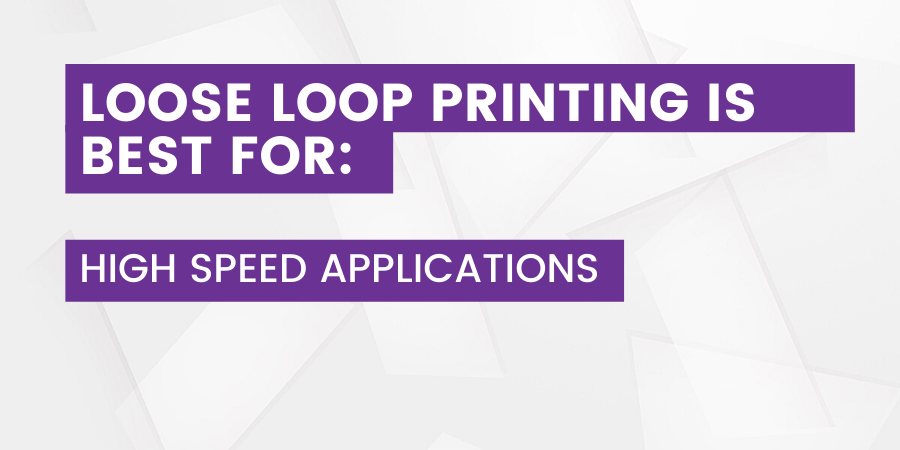
If you aren’t sure which printing and labeler options are right for your production line, let’s connect. Our team of automation experts is standing by to answer any questions you have and help you decide on your next piece of automation equipment. Click here to get in touch or fill out the form below!
Sources
https://www.satoamerica.com/resources/learning-center/white-papers/thermal-transfer-vs.-direct-thermal-five-key-considerationshttps://www.general-data.com/videos/understanding-labels-thermal-transfer-vs-direct-thermal
https://ctmlabelingsystems.com/labeling/direct-thermal-vs-thermal-transfer-labeling-which-printing-method-is-right-for-your-application/
https://busch-machinery.com/Print-Apply-Labeling-Machines.htm#
https://www.zebra.com/us/en/resource-library/faq/printing/difference-between-direct-thermal-and-thermal-transfer-printing.html#:~:text=Direct%20thermal%20printing%20produces%20sharp,while%20product%20labels%20are%20not.
https://www.weber-marking.com/blog/automatic-labeling-wipe-on-vs-tamp-blow-labelers/#:~:text=With%20the%20wipe%2Don%20method,synchronized%20to%20avoid%20wrinkled%20labels.

.png)

